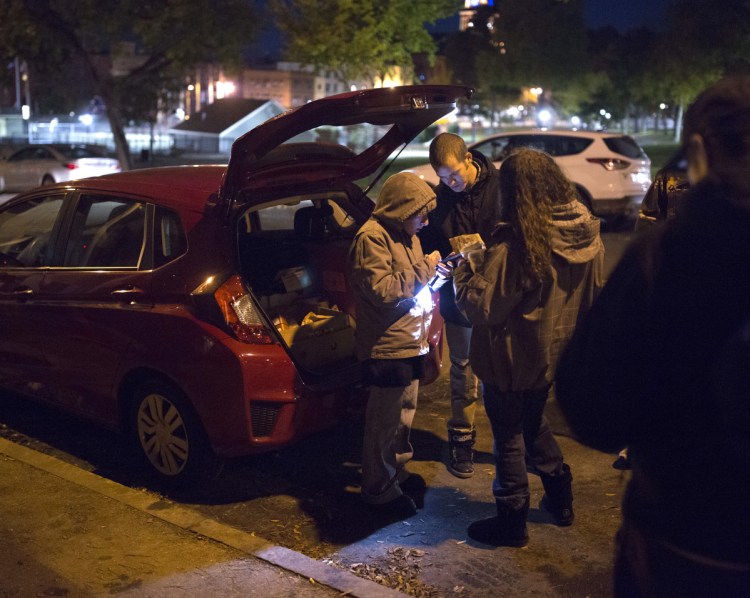More than five years into the opioid epidemic, it’s frustrating to see people arguing about the concept of harm reduction.
That’s the notion that people with substance use disorder will not be able to do the hard work of recovery if they are dead. Gov. LePage says that the overdose antidote naloxone doesn’t really save lives because some people go back to using drugs after they are revived. But even he can’t deny that a timely dose of the medication can keep people from dying, giving them a chance to save their own lives.
The same logic applies to other harm-reduction approaches, including needle exchange programs and the still-controversial concept of safe injection sites. But still, as the body count rises, harm reduction is met with opposition from people who believe it’s best to send a strong message that drug use is not only dangerous but also morally wrong and should never be abetted.
In frustration over this struggle, a group that calls itself “the Church of Safe Injection” is running an unlicensed mobile needle exchange program, distributing naloxone and advice about substance-use disorder treatment along with clean needles. It may be in a legal gray area, but they are doing the right thing, clinically and morally.
Maine averages about one drug overdose death a day, but that is just part of the problem.
In addition to the overdose deaths, cases of fatal diseases like AIDS and hepatitis C are surging, spread by the use of dirty needles. Every transmission of an infection puts another life at risk, and makes the road back from drug use much harder. Legal needle exchange programs are licensed and operating in Portland, Bangor and other cities, but there are not enough of them to meet the need. There are no legal safe injection sites in Maine, where drug treatment information is distributed along with clean needles and other products that keep users safer than they would be out on the street.
It’s not ideal. It would be much better if every drug user were ready to enter treatment and there were enough room in treatment programs for them. But common sense should tell you that you don’t need to worry about “sending the wrong message” by preventing people from hurting themselves. People who can’t stop doing something that they know could kill them are not going to be “scared straight.”
It would be great if there were no need for the Church of Safe Injection, but people are dying unnecessarily. As long as harm reduction remains politically controversial, there is a need that can’t wait.
Send questions/comments to the editors.


